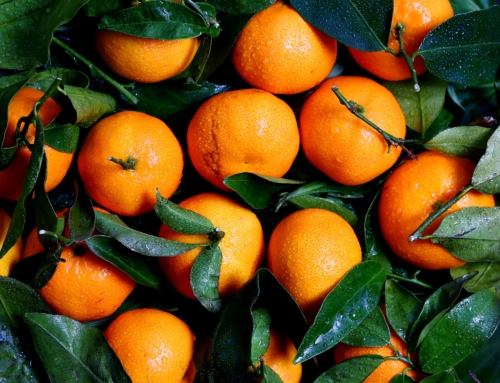This blog was supposed to be about whole foods, however, with the world wide reaction to the Coronavirus, we thought it best to explain how food can both help and hinder your musculoskeletal pain.
With the tug of self indulgence and with the thought that my audience is captive at home with more time on their hands than they planned, I will provide the answer to why I am so obsessed with food and how that impacts my patients.
You can blame it on my Applied Kinesiology (AK) education. It certainly was not my formal education that brought me to my opinions/what I hold true. When I first saw how Applied Kinesiology helped a patient in 2000 I was obsessed with its possibilities. I signed up for the 100 hour basic AK class where diet was discussed and demonstrated how sugar, wheat, dairy and soy could unravel the treatment that one received. This was not an easy concept to subscribe to at first. I,like everyone I knew, could scarcely believe that these foods caused a human body to falter. These are foods that have been considered pillars to human civilization and advancement. All my life I heard nothing that could ever corrupt the health giving properties of these foods with the exception of sugar if it was not used in moderation.
I could not throw out AK because of this perceived fallacy. I did not know what to do with the information about the negative qualities of our most cherished and loved foods, so I started my research which was indexed in the class. It was more of an exercise of finding out how these maligned conclusions can be formed.
The book that best describes why wheat, dairy, soy, some corn varieties and soy are not healthy is Mary Frost’s book “Back to Basics”. I find this book is best because it gets to its point quickly and succinctly. It is a relatively short read and it is referenced well to carry on the journey if you are willing to do so. This book points the way to other other books on whole food such as “Silent Spring” which continues deeper into how soil quality affects the quality of the food we eat. “Nutrition and Physical Degeneration” is one of my most profound reads on the subject and is a work of history, ethnobotany and anthropology. It has great pictures and some studies that show how processed food is linked to tooth decay and malformation of the maxilla-which may explain why we need orthodontics.
In sum, it is the way we grow, cultivate and process the foods we eat that were predicted at the turn of the 1900’s to contribute to increased diabetes, heart disease, infertility and cancer.
In my practice, which mostly treats musculoskeletal symptoms, I find that my most difficult cases which are defined as progressing slower than expected or not responding at all, are mostly related to a diet of processed foods or a food intolerance which has not been discovered yet. One of the greatest epiphanies for me is that musculoskeletal pain is not only caused or effected by the parameters of physics such as force, shearing, or “overuse”, but can be completely caused and influenced by food choices, subclinical infections, emotional and mental stress. This will usually present itself when a patient has reasonable care such as massage, chiropractic, acupuncture, physical therapy, anti-inflammatories, and muscle relaxers and does not have the pain or symptoms end. These treatments may work for a period of time but then come back.
What was difficult for me to understand, was how can a food that someone was raised on now be the cause? How can a physical trauma as a cause be alleviated with a diet change? Ultimately I do not know, my best understanding is that the processed foods are tolerated in some patients until they have pain and symptoms. When our bodies are injured it requires more from the body to heal the injury and try to deal with foods that are deficient in nutrients or cause the body to increase inflammation. Sometimes, this is enough to make the musculoskeletal symptoms remain despite good reasonable care.
In conclusion, all that I wrote about was how I can say that our diet and the foods we eat have an effect on our health. The greatest nutrient to this day is made by living cells that, with the help of the sun and earth give us life, healing and longevity.
| Whole Food Diet Foods | Foods to Avoid |
| Fruits and Vegetables | Prepared and Ready to Eat Meals |
| Nuts, Seeds, and Beans | Heavily Processed Foods |
| Milk and Some Dairy Products | Refined Carbohydrates |
| Meat, Poultry, and Seafood | Foods with Added Sugars |
| Minimally Processed Foods |
You can also reference our eating well handout with some recommended options!






